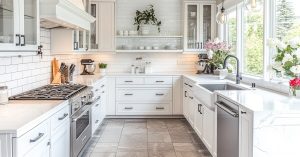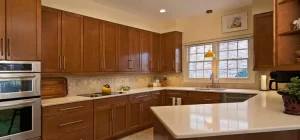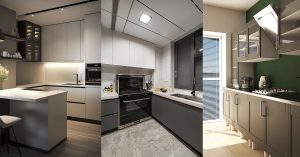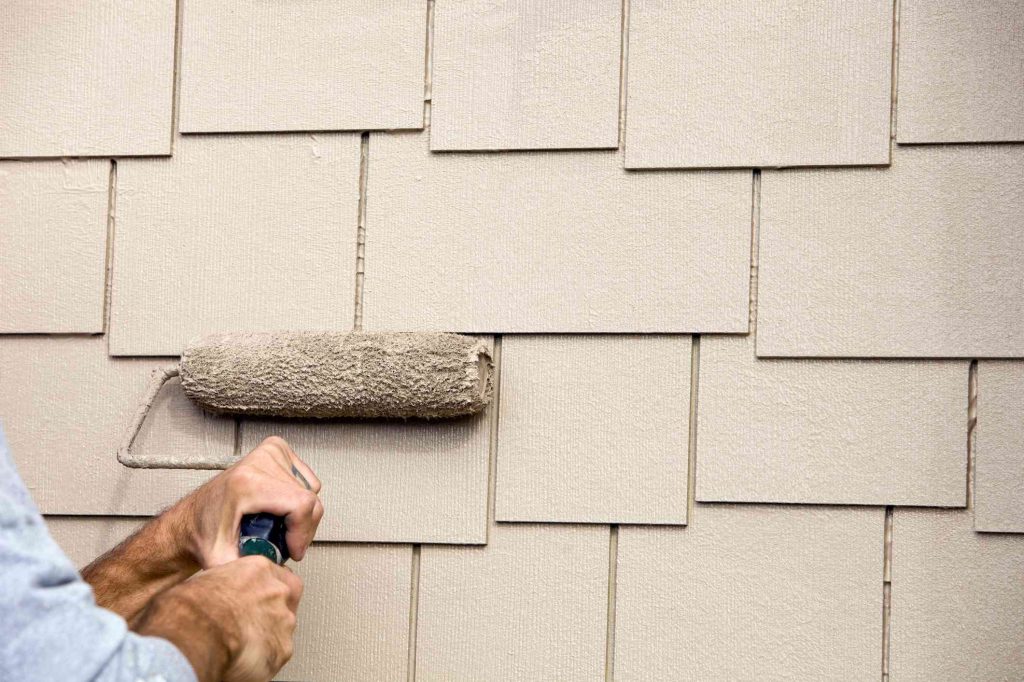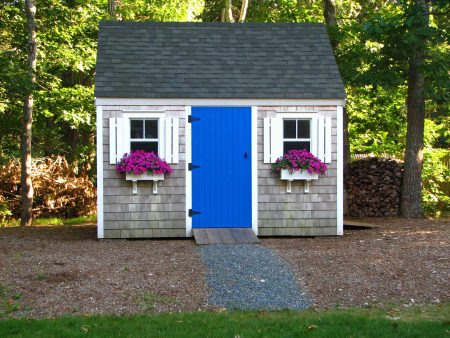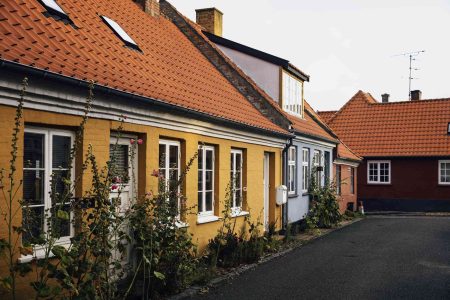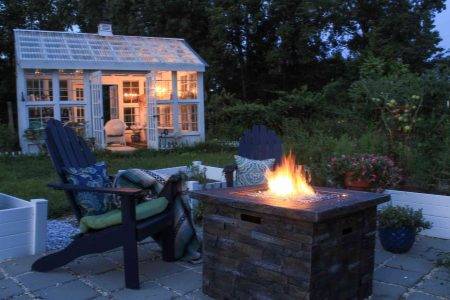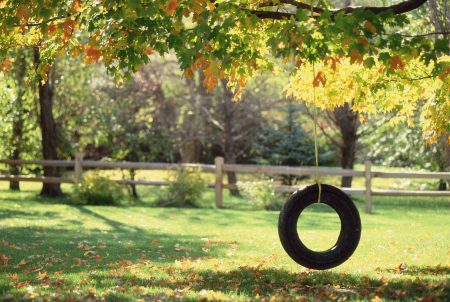Paint and water don’t mix. Though latex paint is water-based, introducing water during the application process results in streaks, bubbles, and discoloration, plus the paint cures too slowly. You cannot paint your home when rain is coursing down the siding, what about in-between conditions, such as when it is humid? If you can paint in humidity, what is the maximum humidity level before you risk paint failure?
Can You Paint in Humidity?
| Below 40% | Not recommended |
| 40% to 50% | Best |
| 50% to 70% | Acceptable |
| 70% to 80% | Acceptable but not optimal |
| 80% to 85% or more | Not recommended |
Yes, you can paint a house in humidity, though this depends on the level of humidity. You can paint a house in the 40- to 50-percent humidity level range with optimal results. A 70-percent humidity level is the maximum level for most paints. At a 80- to 85-percent humidity level, the paint will not cure. Below a 40-percent humidity level is not recommended, either, since paint does need enough moisture to cure.
The Best Humidity Levels For Painting
Best Humidity: 40- to 50-Percent
The best humidity levels for exterior painting tend to be in the 40- to 50-percent range. While it seems reasonable to assume that more dry conditions help paint cure better, this is not true.
Some degree of moisture in the air helps with the drying rate and prevents brush marks from drying into place. When the paint dries at a slower rate, brush marks have a chance to flatten out.
Maximum Humidity: 70-Percent
Once humidity levels reach 70-percent, the paint will continue to dry but its rate of drying slows down. Paint needs to dry at a steady rate to properly cure.
Relative humidity levels in the 70-percent zone will drastically slow drying and curing. But these humidity levels will still not prevent you from painting altogether. They simply make the job more difficult and painstaking.
Worst Humidity: Above 85-Percent and Below 40-Percent
Above an 85-percent humidity level, the paint remains wet and will not solidify. The paint will sit on the surface and remain in that gummy state. Efforts to dry the paint with heat may not be successful.
It is strongly discouraged to paint when the RH level is above 80- to 85-percent. Even if the relative humidity level were to change and the paint solidified, the texture would remain wavy or streaky because the paint had not been allowed to level properly.
Painting in Humidity: Air and Surfaces
If you delayed painting your house due to humidity, you might never finish your project. No place is ever not humid. Even an arid city such as Phoenix, Arizona, at the height of summer, will carry some degree of humidity in the air. This question becomes more important for anyone who lives in a damp climate since a moist surface is one of the main causes of failed paint.
Fully wet wood siding requires several sunny and/or windy days to dry properly before painting, according to Mark Knaebe, a chemist at the USDA Forest Products Laboratory. During rain, dew, or other high-moisture conditions, the main issue is not the dampness of the air but how this dampness translates to the surface you intend to paint.
How Humidity Slows Paint Drying
Humidity does not have to bar you from painting. According to Knaebe, the way that humidity affects a painting surface comes down to a race between drying times of water in the paint versus the solvents in the paint. In other words, which will dry first?
According to Knaebe, conditions that are too humid mean that the water cannot evaporate at a faster rate than the solvents. The paint is struggling to cure itself but it cannot do so when it is in such a water-logged state. It becomes a one-way path, a painting disaster that cannot be solved under current conditions. The only solution, then, is to strip away that gunky, wet paint and start fresh.
Using oil-based paints will not help, either. Oil-based paints will encounter the same problems as water-based latex paints.
The Best Time of Day to Paint
Start painting early, but not too early. If you begin too early in the day, you have to contend with accumulated moisture remaining on the surface from the previous night.
Paint technology has evolved in recent years to the point where the painting window has enlarged considerably. This window is controlled by factors such as ambient temperature, season, and direct sunshine. Now, for example, you can paint your home in far lower temperatures than ever before. Some premium paints even allow you to paint in temperatures as low as 35 F.
It’s tempting to wait until temperatures are higher to begin painting. But by building in a few hours of headstart time, you give the paint enough time to do its job. If not, the paint may stop coalescing, permitting moisture to enter the painted surface and deter or prevent evaporation of the paint’s moisture. The result may be surface staining, poor adhesion, and premature peeling.
The Best Season to Paint Uncoated Wood
The best season to paint uncoated wood such as fences, siding, or garden structures is spring or summer.
If you are painting a previously coated surface, you can wait until late morning or about noon when the dew has burned off of the surface. When the moisture visibly appears to be gone, you can be confident that it truly is gone. But the story is different when it comes to uncoated, natural wood.
Uncoated wood is highly porous and will retain moisture within the wood’s cellular core, even if it looks and feels dry. Your window of available painting time shrinks. For situations such as these, you often have no choice other than to wait for a warmer, drier season.
Is Interior Painting Affected by Humidity?
Interior surfaces can be affected by humidity. But indoor spaces can be conditioned and controlled, while outdoor spaces cannot.
Interior painting is a different matter, so interior walls are rarely affected by humidity. Interior conditioning means that humidity levels can be controlled. Even if you are not expressly controlling the home’s humidity with a humidifier or dehumidifier, your HVAC system, baseboard heater, window air conditioner, or other heating/cooling devices already do the job for you.
Interior surfaces are protected and should not be subject to moisture settling overnight. Unless you have some unusual situation, your interior walls should never be wet. Bathroom walls are one exception, though, since they can build up moisture after the tub or shower has been used.
Read the full article here
